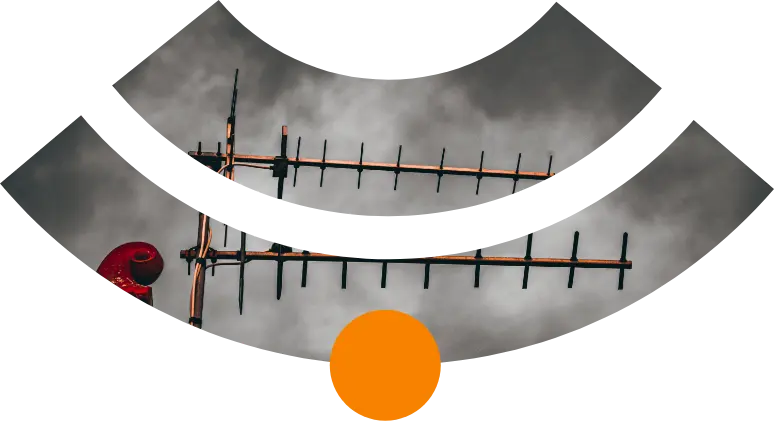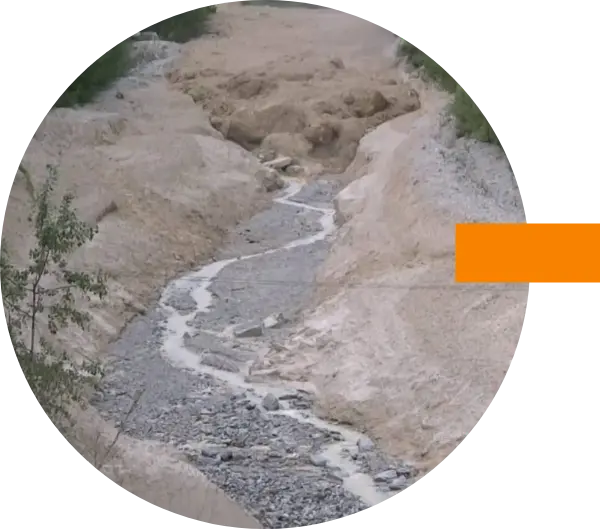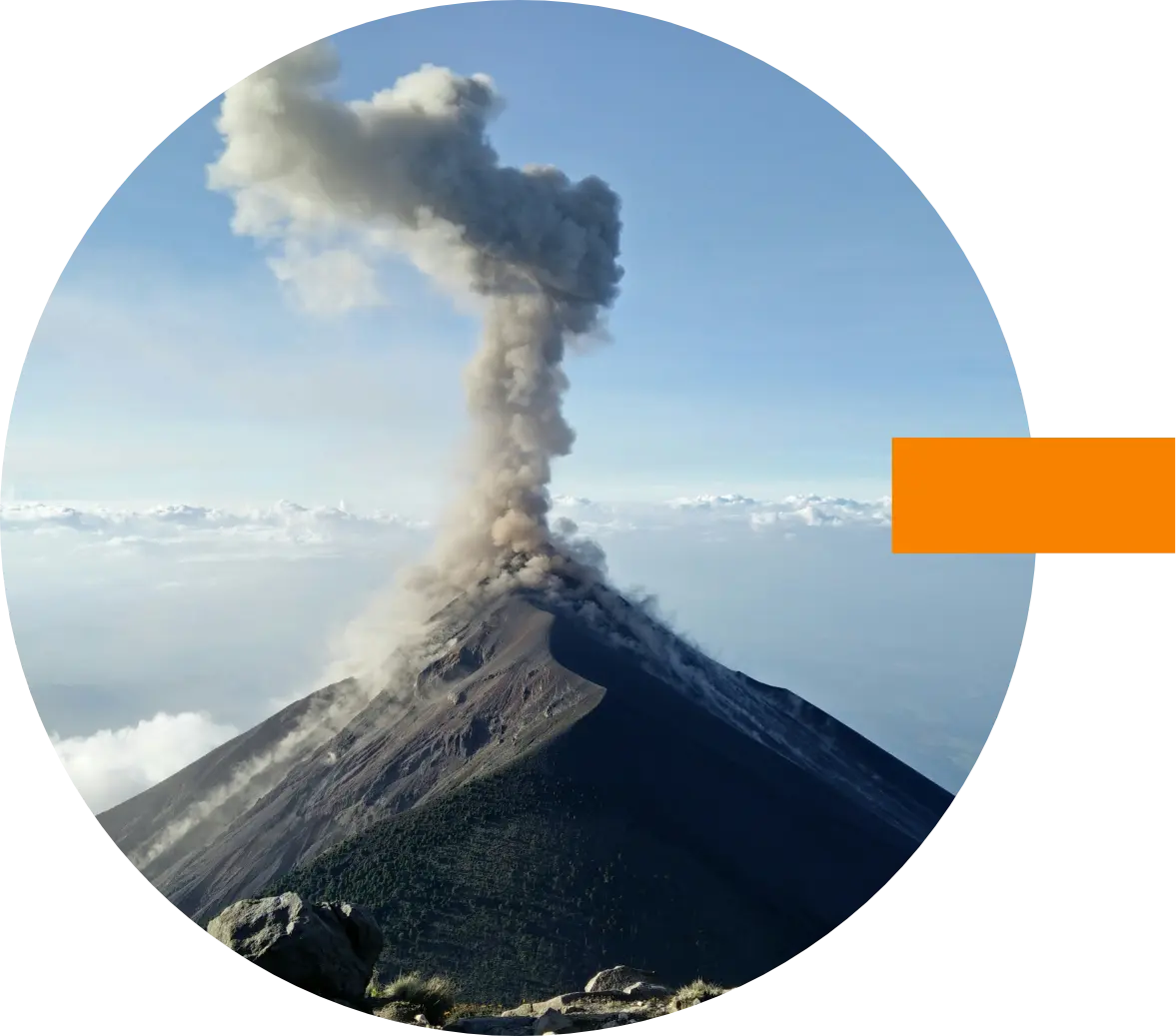TECHNOLOGY
GECO designs and provides with infrasound antenna (or array) to monitors in real-time and from remote natural disasters

HARDWARE
Small-aperture infrasound array wired or wi-fi (PINA)
Equipment: n >= 3 sensor nodes deployed in a proper geometry in an area of ~ 100 x 100 m and equipped with infrasound and/or seismic sensors. The use of antennas instead of single sensor provide with an efficient noise removal and a proper 360° detection and interpretation of recorded signals also from remote.
Power supply: autonomous via solar cells or battery or the system can be connected to the mains.
Data transmission: in real time 24/7 with cellular or satellite network.

SOFTWARE
Monitoring system
Data elaboration and signal detection: in near-real-time and in automatic on a dedicated cloud server.
Data visualization and detections notification: via SMS and/or on dedicate web platform for control room and mobile users.


APPLICATION #1
Real-time monitoring and automatic early warning of debris-flow occurrence from remote
Debris flows constitute a severe natural hazard and studies are performed to investigate triggering mechanisms and to identify and evaluate early warning systems capable to promptly detect their occurrence.
The solution GECO provide with allows the effective detection of the early stage as well as the following evolution of the debris flow at a safe distance, hence offering the opportunity to automatically detect and timely alert the ongoing risk.
Equipment
The antenna is equipped with i) high sensitivity infrasonic sensors (infrasonic antenna) installed in a safety area < 3 km away from the starting zone and ii) a weather station to measure precipitation rates (data from existing weather stations can also be used if available).
Early warning approach
The debris flow detection criterion is based on the detection of heavy rainfall by the weather station and, in parallel, of possible infrasonic waves coming from the gully by the infrasonic antenna. Such a combined approach ensure high reliability of debris flow detection. The algorithm comes with standard thresholds coming from literature but more robust and site specific thresholds can be configured following event registration


APPLICATION #2
Real-time, continuous monitoring of glaciers fronts from remote
The melting of glaciers is a very topical issue that can have a strong impact on the safety of mountain areas during the summer periods with a strong tourist presence (e.g. Alpine arc) and innovative monitoring techniques are strongly requested by local administrations to predicted and mitigated the risk. Glacier front emits infrasonic waves related to Ice calving and/or water discharge which can be detected at distances of few to several km. The acoustic antennas can complement other techniques to remotely and passively get insights into glacier dynamics with high temporal and spatial resolution.
Monitoring system
The acoustic antenna is equipped with high sensitivity infrasonic sensors and installed at a distance of 1-3 km away from one or more glacier fronts. The analysis algorithm allows to detect in real time 24/7 the signals related to ice calving and water discharge during the periods of melting.
Application
The infrasonic activity detected by the antenna during several seasons should correlate with the temperature trend and therefore reflect the extent of the specific seasonal water outflow of each front. After a first phase of monitoring and data analysis with independent measurements and models, the acoustic antenna can be used to monitor H24 7/7 the critical issues associated with sudden or anomalous variations in the water flow.


APPLICATION #3
Real-time monitoring and automatic early warning of Lava Fountain episodes
Lava fountains (LFN) are a type of volcanic eruption generates a large and widespread tephra emission in atmosphere up to several km and fallout on ground, with strong effects on local air traffic and on nearby communities.
The acoustic antenna GECO provides revealed a suitable monitoring solution to effectively detect in real time and early warn the sharp changes on eruptive dynamics which anticipates the LFN episodes.
Monitoring system
The acoustic antenna is equipped with high sensitivity infrasonic sensors installed at a distance of 5-10 km away from the active vents. Real-time data processing on cloud server (on board upon request) by means of an ad-hoc analysis algorithm allows for the real time 24/7 monitoring of volcanoes explosive activity.
Application
The solution GECO provides currently operates at Etna volcano and has been tested and validated in cooperation with the Experimental Geophysics Laboratory of the University of Florence (LGS http://lgs.geo.unifi.it/), which has 97.5% of success to deliver an alert around 1 hour before LFN is erupting kilometer-high ash plumes in the atmosphere.

